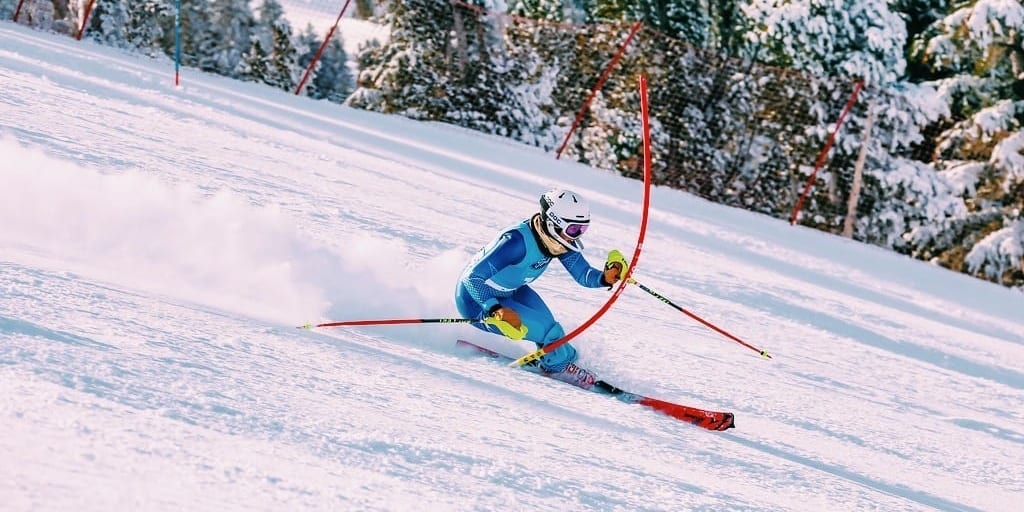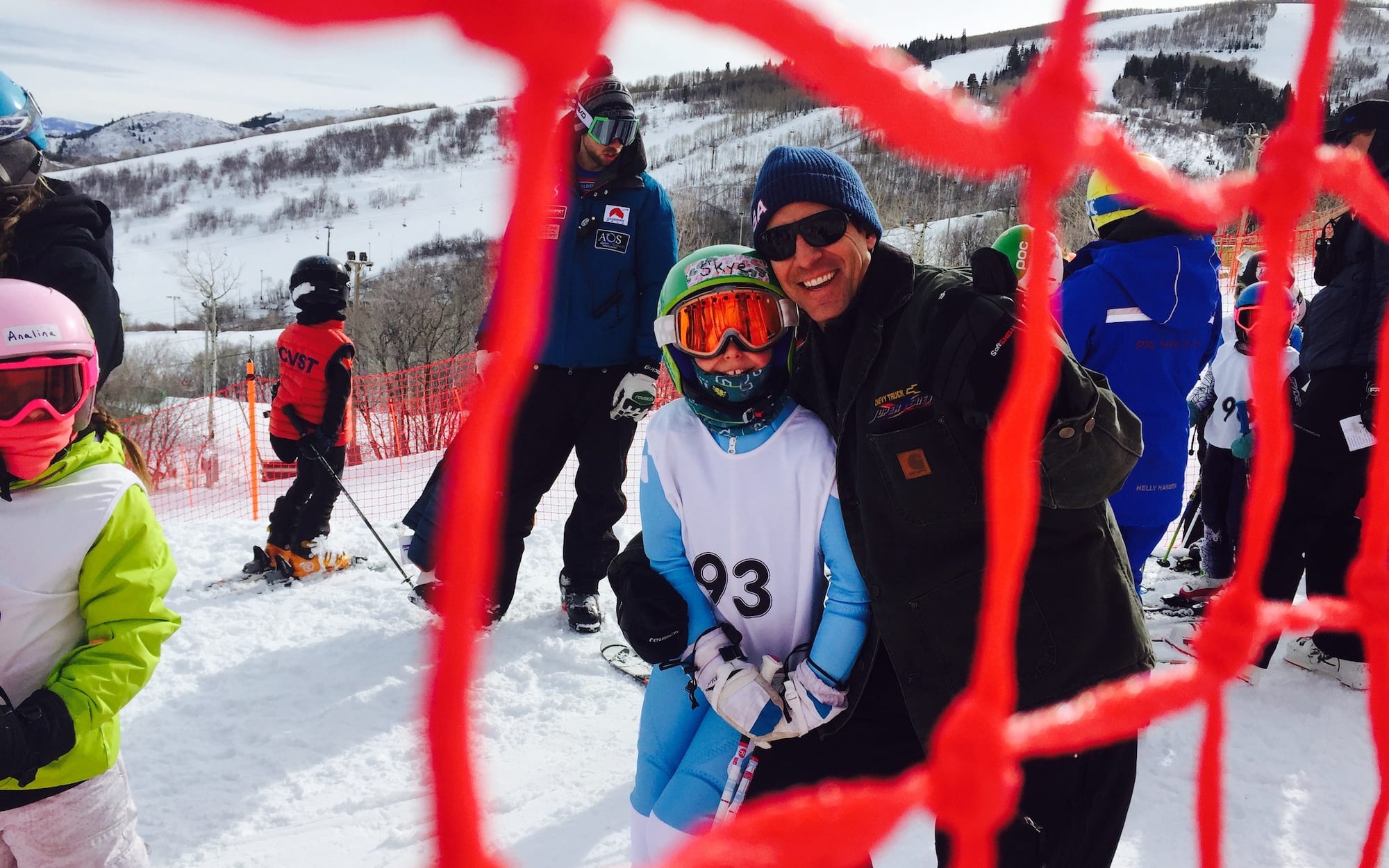Take It Slow And Mix It Up
What do Mikaela Shiffrin, Tiger Woods, and Martina Hingis have in common? For starters, they’re all prodigies in their respective sports, but more importantly, they are the most extreme examples of outliers when it comes to developing an elite-level athlete.
Look past the gold medals, major championships, and big-money endorsements and you’ll find a childhood dedicated to mastering their craft. Hours upon hours on the slopes, on the court, and at the driving range all culminating in stellar careers. However, parents and coaches should be very careful when it comes to their children’s own athletic career paths, according to many leading sports science experts.
As today’s elite sports continue to add overall strength and athleticism to their skill sets, sports science specialists advocate multi-sport participation as an essential piece of early athletic development. While it may payoff for true prodigies, dedicating a childhood to one sport will likely do more physical and mental harm than good, say experts.
In the early 1990s, Canadian sports-science expert Istvan Balyi developed the Long Term Athletic Development (LTAD) model, recommending participation in a variety of different sports in low-intensity environments as the healthiest way for kids to grow into their bodies and develop overall athleticism. LTAD can reduce athlete burnout and lower the risk of stress-related injuries from repetitive, specific movement patterns.
“General athleticism is one of the guiding core principals of long-term athlete development.”
– Jon Casson
USSA Director of Sports Education Jon Casson is a proponent of the LTAD model and has used it to heavily influence USSAs new training systems matrices that are aimed at providing guidelines for developing elite level snowsports athletes.
According to Casson, there wasn’t as much tweaking required to Balyi’s model as you might imagine in order to tailor it to sports as unique as skiing and snowboarding, as many general athletic movements are essential skills found across all sports.
“Yeah, skiing and snowboarding are specific, but if you really boil them down to what the physical skills are, they’re actually pretty common, which is why in those early phases of development we recommend that kids participate in a lot of different sports,” says Casson. “General athleticism is one of the guiding core principals of long-term athlete development. Yes, it was difficult to pinpoint those specific skiing skills, but not quite as difficult as you might think if you peel back a couple layers of skiing and look at the physical movements that are needed to be a good ski racer.”
According to a recent study by the University of Wisconsin School of Medicine, a childhood and adolescence filled with multiple sports can actually reduce the chances of suffering lower-extremity injuries.
The study found that high school aged athletes who only participated in one sport were twice as likely to suffer a lower-extremity injury (46 percent) than an athlete who participated in multiple sports (24 percent). Casson warns that if parents become overzealous with their young skiers, the sport could see similar rates of injury.
“We could potentially see the same thing in ski racing,” says Casson. “The over-specialization in skiing at a young age could lead to a higher incidence of knee injuries, for example, because kids aren’t getting that full range of movement competencies they need for that general athleticism.”
Ready for the good news? With sports like skiing and snowboarding being so dependent on the seasons, it would be pretty difficult to over-specialize to the extreme levels found in other sports without a lot of money and dedication.
“There’s a unique aspect to skiing and snowboarding in that we are seasonal sports,” explains Casson. “You can play soccer year-round if you live in the right climate, whereas if you live in a ski town, you ski in the winter and then you can’t ski in the summer without a whole lot of traveling.”
One current U.S. Ski Team athlete who had a childhood filled with many sports is B-teamer Ryan Cochran-Siegle. After being a successful soccer and baseball player in the off-seasons of his youth, Cochran-Siegle has since turned his multi-sport background into multiple NorAm titles, World Junior downhill and combined titles, and several breakthrough performances on the World Cup this season.
“It wasn’t until after I graduated high school that I actually ‘specialized’ in skiing as the one sport that I wanted to primarily focus on,” Cochran-Siegle says. “Learning to play a wide variety of sports was key in my development of body awareness and functionality, which has since translated into my skiing.”
In fact, many professional athletes are now using cross training in multiple sports as effective ways to better prepare for the rigors of elite-level athletics.
For example, to prep them for the 24 Hours of Le Mans, Porsche trains its drivers with mountain biking and stand-up paddleboarding, among other sports, in order to increase the overall balance, neuromuscular awareness, and cardiovascular endurance necessary for withstanding the immense G-forces and 100-degree-plus internal car temperatures found at the legendary auto race.
So, parents, do your kids a favor and don’t be afraid to hang up the ski boots for a while and dust off the soccer cleats, tennis racquets, or baseball mitts for the summer. Your children will thank you and you just might see some unexpected improvements on the slopes come winter.
SkiRacing.com is a media partner with USSA






















